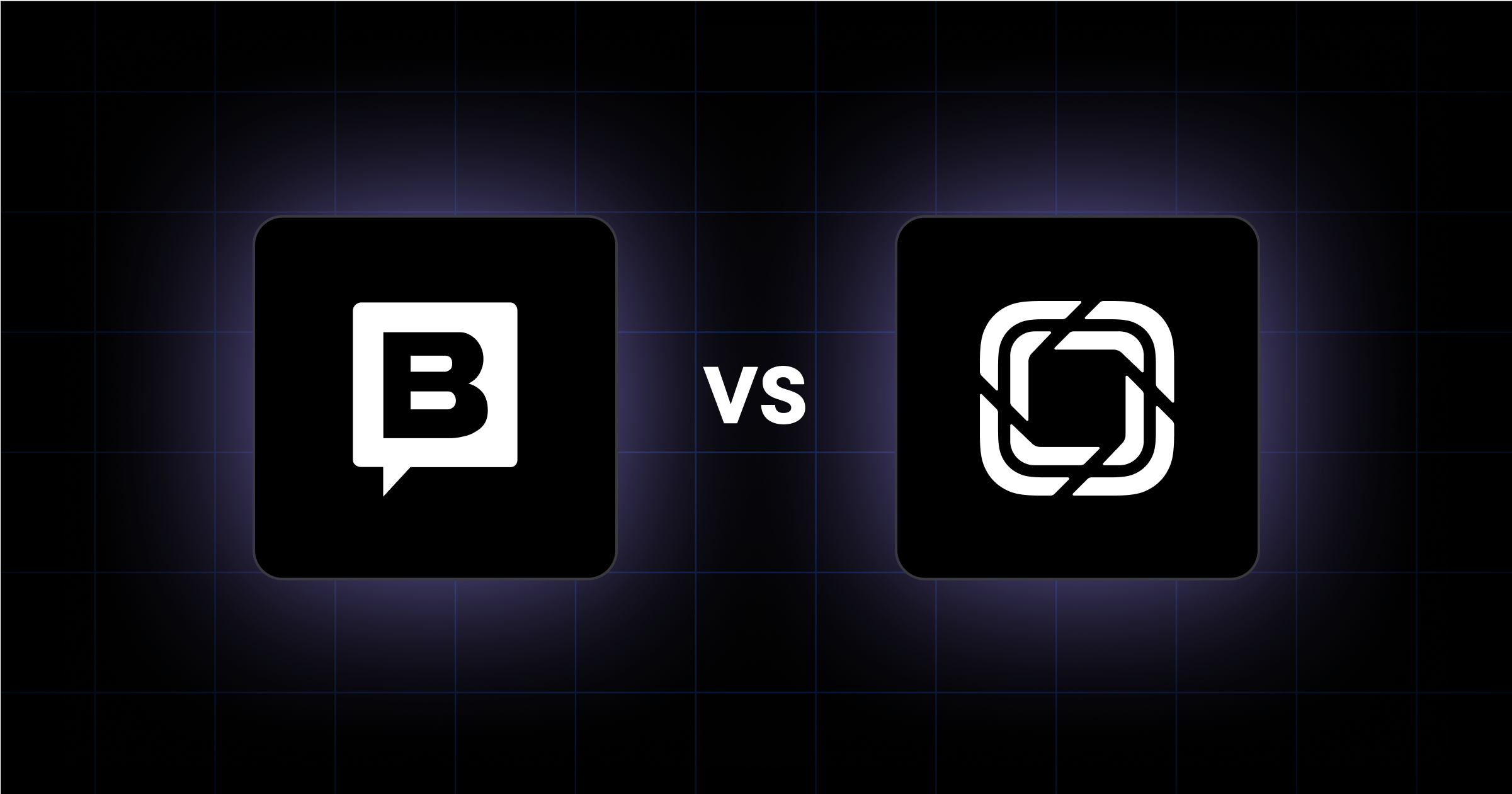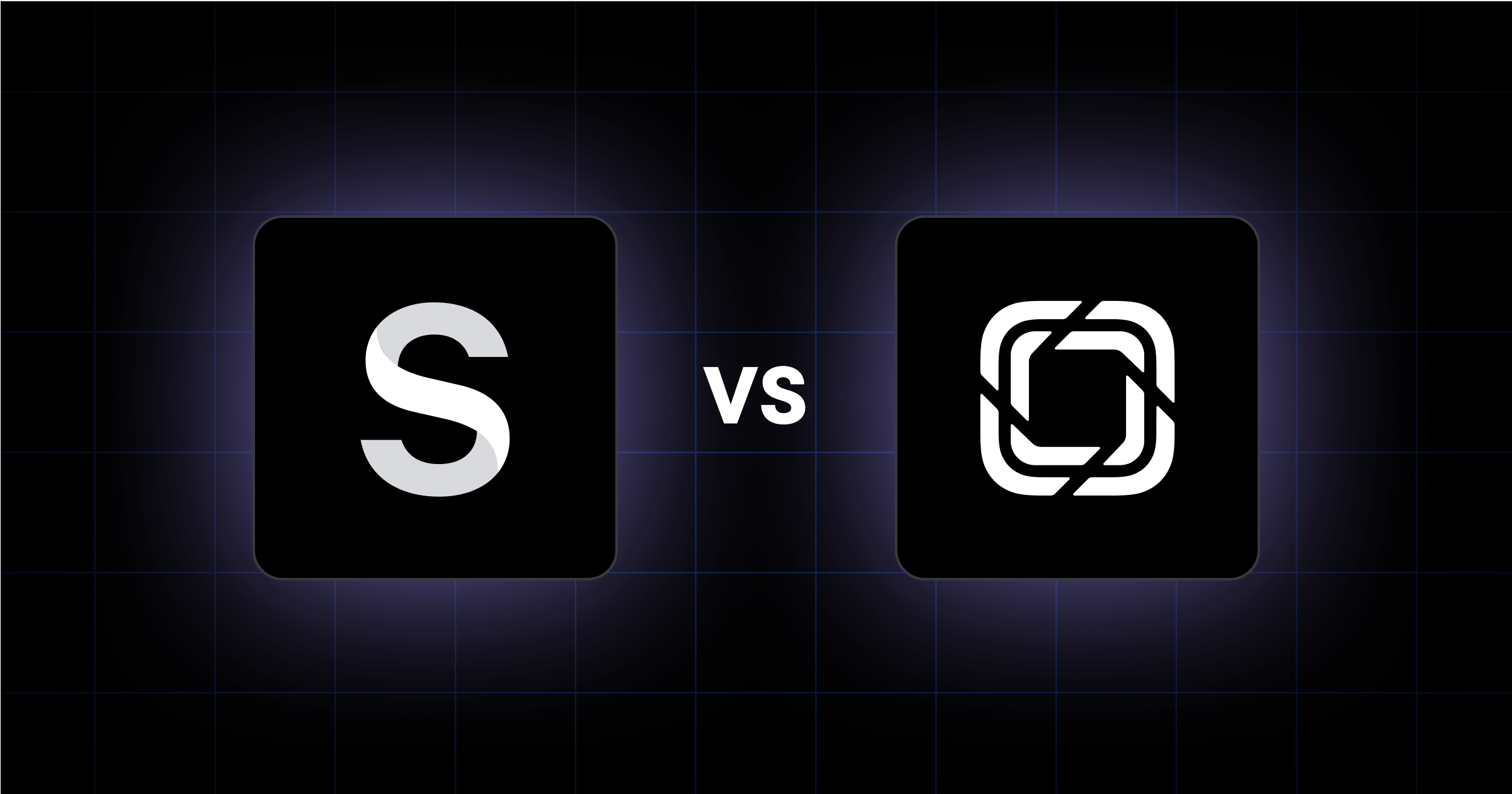Understanding website migration can help you make informed decisions. It’s not just about moving files; it’s about ensuring everything works seamlessly in the new environment. And let’s be honest, the stakes are high: downtime or data loss could spell disaster for your site’s performance and user experience.
Let’s break down what website migration entails and why it’s important for your site’s performance and user experience.
What is Website Migration?
Website migration is the process of moving a website from one environment to another. It involves transferring all website files, databases, and settings to a new host, server, or domain. Redirects are set up to ensure users and search engines can find the new site location.
For a marketing manager, this means ensuring that your customers never notice a hiccup and that Google still knows where to find you.

How Much Does Website Migration Cost?
Migration costs vary widely based on site size, complexity, and specific needs. Here is a quick breakdown:
- Small, Simple Site Migration ($500-$1,000)
For a small website with minimal pages and basic functionality, migration costs tend to be lower. This often includes transferring a simple CMS, static content, and minimal plugins or integrations. The process is straightforward, with fewer potential risks or complications.
- Medium-Sized, Moderately Complex Migration ($1,500-$5,000)
For websites with more pages, interactive features, or moderate customizations, costs rise. This price range typically covers migrating e-commerce sites, blogs with a substantial amount of content, or websites with multiple third-party integrations.
- Large, Highly Complex Migration ($5,000-$25,000+)
Complex sites with custom-built features, large databases, or multiple subdomains can be far more expensive to migrate. This category includes enterprise-level sites, large e-commerce stores, and sites with intricate backend systems requiring careful planning, testing, and execution.
- Website Migration Tools
Leveraging automated tools can significantly reduce costs compared to fully manual migrations. These tools streamline the transfer process, minimize downtime, and reduce errors, although they may not handle all custom features or content intricacies.
What Factors Affect Website Migration Costs?
- Site Size and Complexity
Larger sites with more pages, media, and databases require more time and resources to migrate. Complex structures, numerous plugins, and custom functionalities make the process more time-consuming, increasing overall costs.
- Desired Customization
Websites with custom designs, themes, and functionalities need more effort to recreate or adapt to the new environment. Custom elements like plugins and integrations require additional work, leading to higher migration expenses.
- Current Tech Stack
Outdated or uncommon tech stacks can complicate migration due to compatibility issues. Legacy CMS or custom-built components may need specialized development work, which increases costs and manual intervention.
- Migration Urgency
Expedited migrations incur rush fees, requiring more resources and overtime work. Tight timelines can significantly raise labor costs, so planning ahead can help avoid these extra charges.
How to Reduce Website Migration Costs
Website migration consists of many steps. A step-by-step migration can cost you a lot if you don’t plan properly. Here are some ways you can reduce these costs effectively:
- Save Money by Planning Ahead
Allocate ample time for the migration process to avoid rush fees. This allows for thorough testing and reduces the likelihood of costly mistakes. A realistic timeline helps you coordinate with your team and external providers efficiently.
- Simplify Where Possible
Audit your site to remove unnecessary pages, outdated content, and redundant features. Streamlining your site structure can make migration faster, improving performance and user experience while lowering costs.
- Make Sure to Choose the Right Tools
Use migration tools or platforms designed for your CMS to automate file transfers, database migration, and redirects. These tools reduce manual labor and minimize errors, making the process more efficient.
- Work with Experienced Providers
Partner with professionals who have expertise in handling complex migrations. They can troubleshoot issues, implement best practices, and save you time and resources while ensuring a smooth, cost-effective transition.

Common Types of Website Migrations
Moving from CMS to CMS
Moving a site from one content management system (CMS) to another involves transferring all your website’s content, design elements, and functionalities to a new platform. This type of migration is common when the current CMS no longer meets your needs or when you find a CMS that offers better features and scalability.
For example, you might move from WordPress to Drupal to take advantage of more robust security features or from Joomla to WordPress for a more user-friendly interface. The process includes exporting data from the old CMS, importing it into the new one, and ensuring that all components work seamlessly.
When considering such a move, it's crucial to evaluate choosing the best CMS for your needs.
Switching from CMS to a Website Builder
Migrating from a CMS to a website builder platform is ideal for users seeking a more intuitive, drag-and-drop interface. Website builders like Wix, Squarespace, and Weebly offer user-friendly tools that simplify website management, making them suitable for those without extensive technical skills.
This migration involves transferring your content and design elements to the new platform, often requiring manual adjustments to fit the new system’s templates and functionalities. The goal is to maintain the website’s look and feel while leveraging website builders' ease of use.
Changing Hosting Providers
Transferring a website to a new hosting provider can improve performance, security, and available features. This type of migration is often driven by the need for better uptime, faster load times, or more robust support services.
The process includes backing up your website’s files and databases, transferring them to the new host, and updating DNS settings to point to the new server. Ensuring minimal downtime and maintaining data integrity during the transfer are key considerations. This change can lead to a more reliable and efficient website experience for your users.
Handling a Domain Name Change
Updating a website’s domain name is often part of a rebranding strategy or to better align with your business goals. This website replatforming involves changing the domain name associated with your website while ensuring that all existing links and SEO rankings are preserved.
The process includes purchasing the new domain, setting up redirects from the old domain to the new one, and updating all references to the old domain across your website and marketing materials.
Another important consideration is understanding the headless vs traditional CMS debate, which can influence your decision on the best platform for your website.
Why Migrate a Website?
Boost Your Site’s Performance
Migrating to a better hosting environment can significantly boost your website's speed and uptime. Faster load times enhance user experience, reducing bounce rates and keeping visitors engaged. Improved uptime ensures your site remains accessible, preventing potential revenue loss from downtime.
Implementing B2B website best practices can also help in boosting site performance. Other than that, a reliable hosting provider can offer advanced caching mechanisms, optimized server configurations, and better resource management, all contributing to a smoother and faster website.
Add New Features and Functionality
Moving to a more flexible CMS allows you to add desired features and functionalities that your current platform may not support. For instance, you might want to integrate advanced e-commerce capabilities, implement a more sophisticated content management system, or add custom plugins and extensions following the top top B2B SaaS websites.
A flexible CMS provides the tools and scalability needed to grow your site and adapt to changing business needs.
Rebrand or Change Domain Name
A website migration is an opportunity to update your site's domain to match a new brand. Rebranding involves more than just a new logo or color scheme; it requires aligning your domain name with your brand identity. This change can improve brand recognition and trust among your audience.
During the migration, you can set up proper redirects to ensure that users and search engines seamlessly transition to the new domain, preserving your SEO rankings and traffic. Additionally, building a scalable website is essential to support future growth.
Consolidate Multiple Websites
Merging several websites into one can streamline maintenance and improve the user experience. Managing multiple sites can be time-consuming and inefficient, leading to inconsistent branding and user experience. Consolidation allows you to unify your content, design, and functionality under a single platform.
This approach simplifies updates, reduces administrative overhead, and provides a cohesive experience for your users. A single, well-maintained site can also improve SEO performance, as search engines favor sites with consistent, high-quality content.
Risks and Considerations of Website Migration
Website migration comes with several risks and considerations that you need to be aware of to ensure a smooth transition. Understanding these factors can help you prepare adequately and mitigate potential issues.
Potential for Data Loss
One of the primary risks during a website migration is data loss. If the migration process is not executed correctly, you could lose important files, databases, or content. This can result in broken links, missing pages, and a poor user experience.
To avoid this, make sure to back up all your data before starting the migration. Use reliable tools and services that specialize in data transfer to minimize the risk of loss.
Temporary Downtime or Performance Issues
During the migration process, your website may experience temporary downtime or performance issues. This can affect user access and lead to a loss of traffic and revenue. To minimize downtime, schedule the migration during off-peak hours when traffic is low.
Communicate with your hosting provider to ensure they are prepared to handle the transition smoothly. Monitoring tools can help you track performance and address any issues promptly.
Possible SEO Impact
SEO can be significantly impacted if redirects and site structure are not carefully managed during the migration. Improperly set up redirects can lead to broken links, which can hurt your search engine rankings. When going through your contentful migration checklist, ensure that all old URLs are redirected to their new counterparts using 301 redirects.
Update your sitemap and submit it to search engines to help them understand the new structure of your site. Regularly monitor your SEO performance post-migration to identify and fix any issues.
Comprehensive Migration Plan and Timeline
Having a well-defined migration plan and timeline is crucial for a successful transition. This plan should outline each step of the migration process, including data backup, transfer, and testing. Assign responsibilities to team members and set clear deadlines to keep the project on track.
A detailed timeline helps ensure that all tasks are completed in the correct order and reduces the likelihood of errors. Regularly review and adjust the plan as needed to address any unforeseen challenges.

Is Website Migration Worth the Cost?
Website migrations offer long-term benefits that can justify upfront costs. Improved site performance, security, and functionality can drive better user engagement and conversions. A successful migration can set the stage for future growth and scalability. The ROI of migration depends on choosing the right approach and partner for your unique needs.
A successful website migration can set the stage for future growth and scalability. Migrating to a more robust hosting environment or a more flexible CMS can provide the scalability you need. This ensures that your site can grow with your business, accommodating new features and higher traffic volumes without compromising performance.
Ready to elevate your website with a seamless migration? See the Webstacks difference: schedule a brief discovery call today. Visit us at Webstacks to get started.




